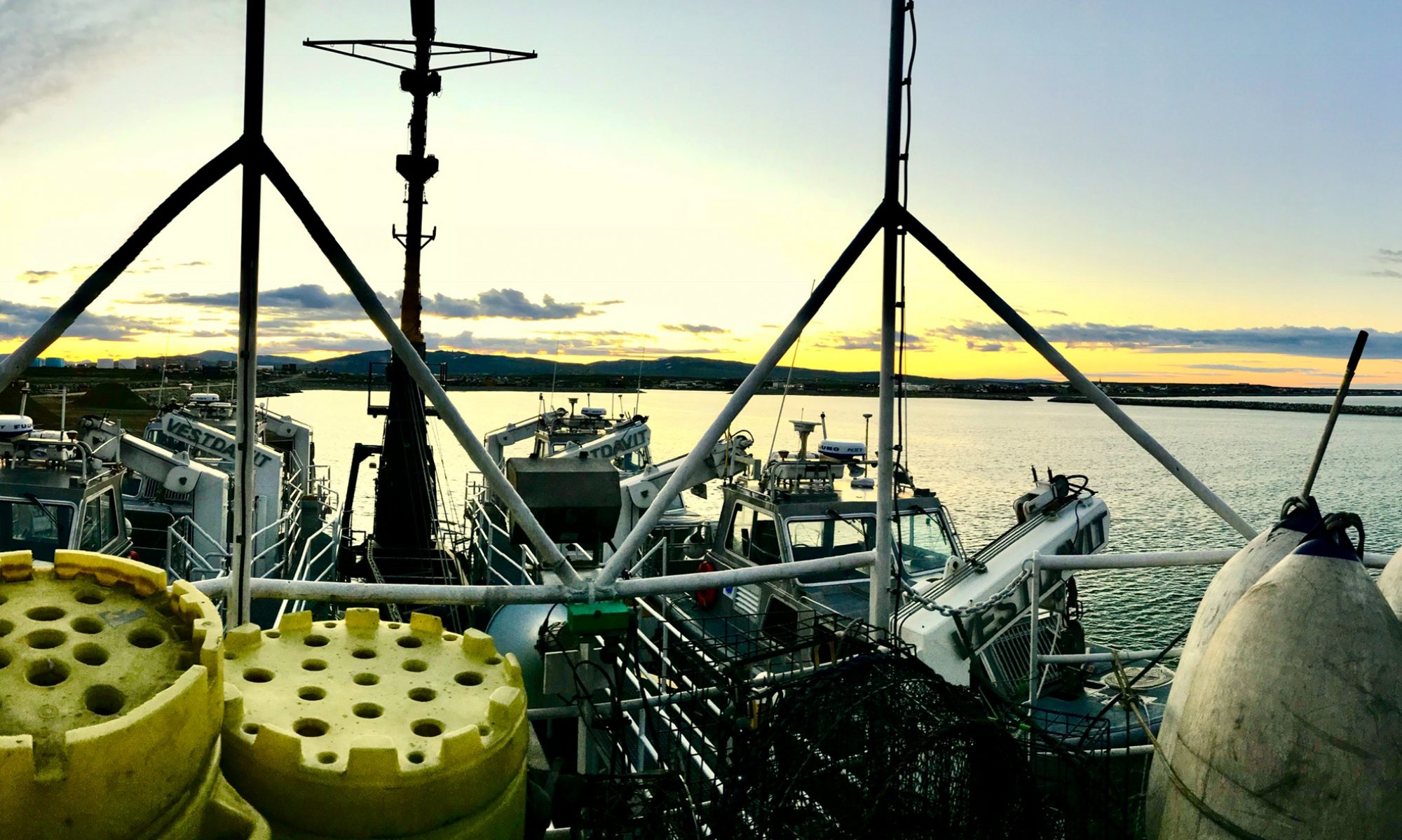NOAA Teacher at Sea
Christine Hedge
Onboard USCGC Healy
August 7 – September 16, 2009
Mission: U.S.-Canada 2009 Arctic Seafloor Continental Shelf Survey
Location: Beaufort Sea, north of the arctic circle
Date: August 20, 2009
Weather Data from the Bridge
Lat: 80.570 N
Long: 151.320 W
Air Temp: 29.210 F
Science and Technology Log

The Healy is collecting bathymetric data on this trip. Bathymetric data will tell us how deep the ocean is and what the terrain of the ocean floor is like. Less than 6% of the floor of the Arctic Ocean has been mapped. So, this data will help us to learn about some places for the very first time. The word bathymetry comes from the Greek – bathy= deep and metry = to measure.
NOTE TO STUDENTS: If you learn Latin/Greek word parts you can understand almost any word!
How Do We Collect This Data?
There are two main devices the Healy is using to measure the depth to the seafloor. One is called the multibeam echosounder. It sends a beam of sound, which reflects off the bottom and sends back up to 121 beams to a receiver. By measuring the time it takes for the sound to return the multibeam can accurately map the surface of the sea floor. This allows the multibeam to “see” a wide swath of seafloor – kilometers wide. The other device is bouncing a single beam off the bottom and “seeing” a profile of that spot. This one is called a single beam echosounder or sub-bottom profiler. The single beam actually penetrates the sea floor to show a cross-section of the layers of sediment. Both are mounted on the hull of the ship and send their data and images to computers in the science lab.
What Does Mrs. Hedge Do?

The science crew takes turns “standing watch”. We have 3 teams; each watches the computers that display the bathymetry data for an 8-hour shift. My watch is from 8 am until 4 pm. We need to look at how many beams are being received and sometimes make adjustments. Traveling through heavy ice makes data collection challenging. We also need to “log” or record anything that might impact the data collection such the ship turning, stopping, heavy ice, or a change in speed. When we are going over an interesting feature on the seafloor, our job is engaging. When the seafloor is flat, the 8-hour shift can seem pretty long!
How Did People Do This Before Computers?
Until the 1930’s, the depth of the ocean was taken by lowering a lead weight on a heavy rope over the side of a boat and measuring how much rope it took until the weight hit the bottom. This was called a lead line. Then the boat would move and do this again, over and over.

This method was very time consuming because it only measured depth at one point in time. Between soundings, people would just infer what the depth was. Using sound to measure depth is a huge improvement compared to soundings with a weighted rope. For example, in 100 meters of water, with a lead line 10 soundings per hour could be obtained. With multibeam at the same depth, 1,500,000 soundings can be obtained per hour. Mapping the ocean floor has become much more accurate and precise.
FOR MY STUDENTS: Can you think of other areas of science where improvements in technology lead to huge improvements and new discoveries?
Personal Log

Last night, there was an announcement right after I went to bed that polar bears had been spotted. I threw on some clothes and ran outside. There was a female and cub 2 kilometers away. With binoculars, I could see them pretty well. The adult kept turning around and looking at the cub over her shoulder. I suspect, the cub was being told to hurry up! When a bear is spotted, the deck of the ship fills up with hopeful observers no matter what time of day it is.
FOR MY STUDENTS: I heard that the old polar bear at the Indianapolis Zoo died recently. Will there still be a polar bear exhibit at the zoo? What are the plans for the future?











